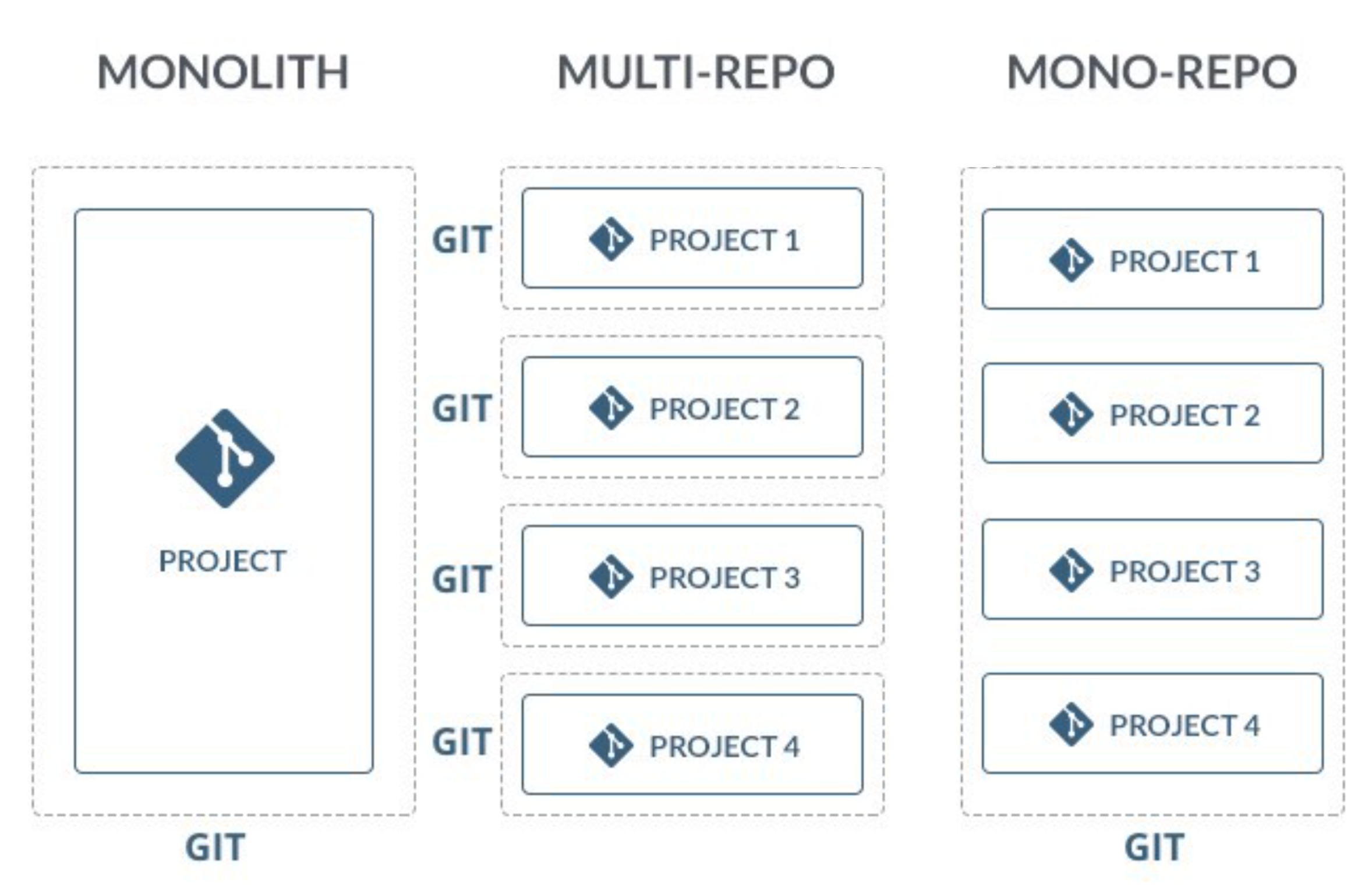I was recently reading a post about how Google uses the mono-repo approach and has a centralized repository for all its services. This got me thinking as to what is a better approach, mono-repo or multi-repo?
So, I went back and researched a bit more into this and pulled out pros and cons of using either of approaches.
What is Mono-repo?
In a mono-repo approach, all services and codebase are kept in a single repository. Mono-repo doesn’t mean a monolithic application but can contains multiple dependent/independent services.
Pros:
- Easy on-boarding of new employees
- Fostering collaboration and communication among developers
- Simplify dependency management
Cons:
- Performance - With the increasing repository size,the entire process from cloning to push gets degraded
- Continuous Integration & Deployment setup becomes complicated
What is Multi-repo?
Multi-repo is a way of organizing your services into separate repositories based on logical boundaries like type or use of services.
Pros:
- Each service can be versioned separately
- Separate repositories based on areas of responsibilities
Cons:
- Difficult to keep track of dependencies globally across repositories
- Code and Dependency duplication possible
- Enforcing patterns and best practices is hard
This picture accurately depicts the difference between Multi & Mono Repo structure:

To conclude,
Based on my findings, in my opinion each of these approaches have its advantages, but I don’t think I have a definite answer on which structure should we prefer over another, but this decision will vary based on the situation, company, project and product.